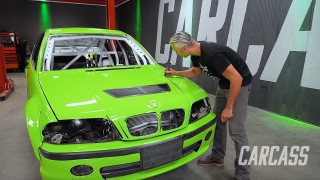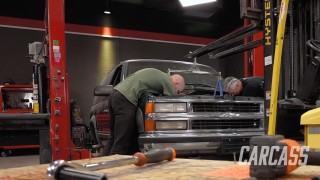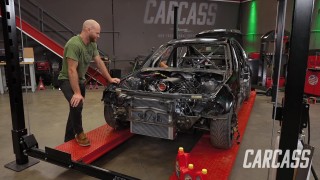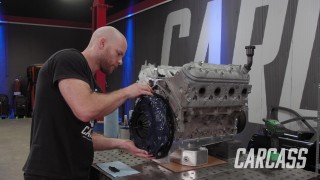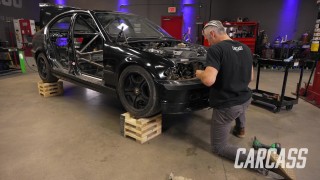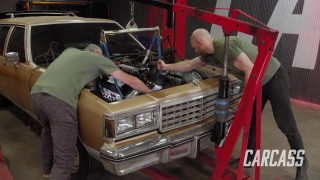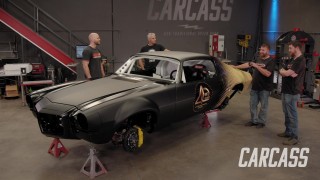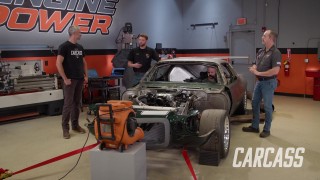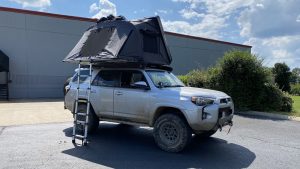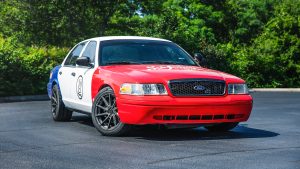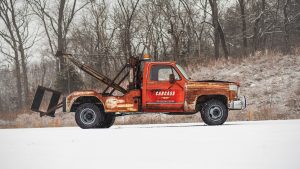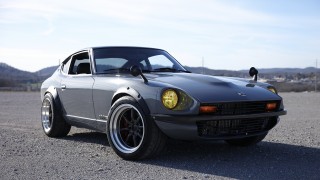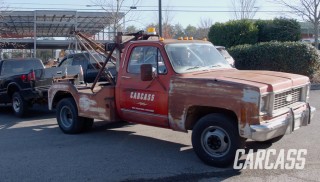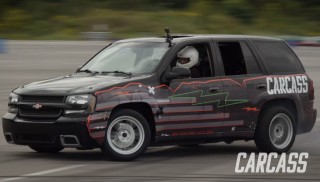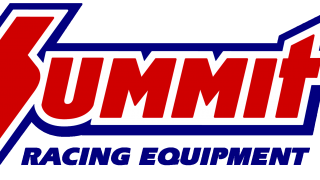
Starting the Transformation of a 1972 Camaro Split Bumper Into A Full Tilt Race Car
The Carcass crew starts a new project, taking a rough around the edges 1972 Camaro Split Bumper and turning into a powerhouse race car. We tear this car down to make room for a set of mini wheel tubs and a new fuel cell.
Season 4
Episode 3
Hosts: Jeremy Weckman, Jimmy King
First Air Date: March 27, 2023
Duration: 21 minutes 27 seconds
